Table Of Content
Interesting about how symmetrical and proportionate your facial features are? The Pretty Scale Test provides a swift analysis to indicate whether your face aligns with traditional beauty norms. Essentially, it’s a web-based service that evaluates facial attractiveness quickly. More than just classifying faces as “beautiful” or “ugly,” this tool delves into the nuances of your facial symmetry and structure, offering a comprehensive review.
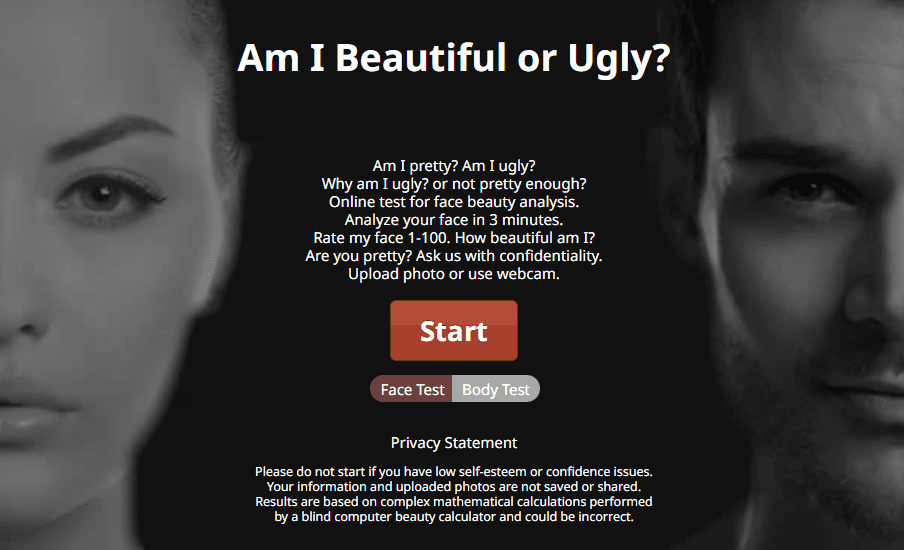
How Does the Pretty Scale Test Work?
Using the Pretty Scale Test to is straightforward. First, you upload a clear, front-facing photo of yourself without any makeup or glasses, ensuring that your face is well-lit. The website will then ask you to mark specific points on your face, such as the chin, the outer eye corners, and the top of your forehead. These markers help the AI algorithm assess the symmetry and proportions of your face. After a brief processing period, the tool scores your facial features on a scale and provides personalized feedback on areas like the alignment of your eyes, the shape of your nose, and the contour of your lips.
How To Use Pretty Scale Test
To use the Pretty Scale Test AI, upload a clear, front-facing photo without makeup or glasses for an accurate evaluation. After uploading, you will be guided to mark key facial points like your jawline, eye corners, and forehead peak. These marks enable the tool to assess your face’s symmetry and proportions accurately. Once marked, the site processes your input and promptly provides a score and detailed feedback on your facial attributes.
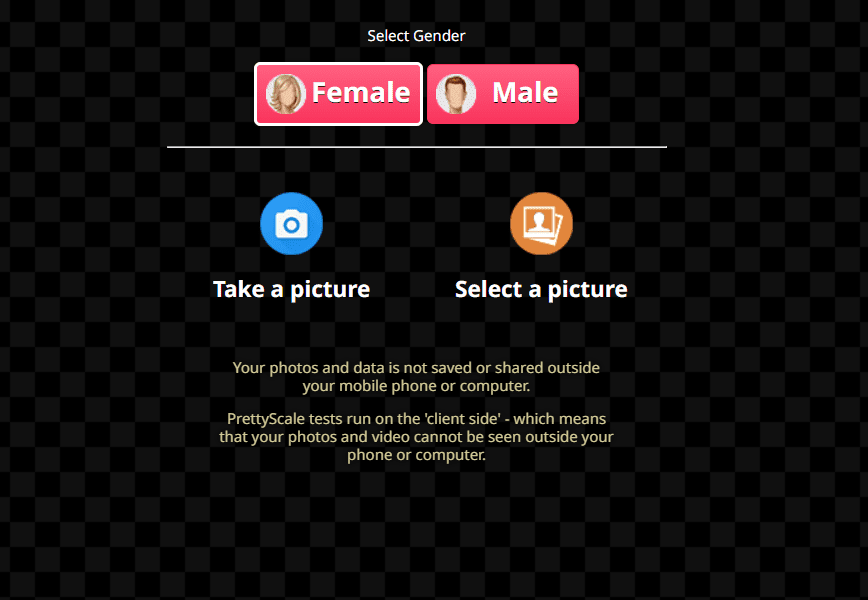
How to improve your score in this face test
A “Pretty Filter” is a popular term for digital filters used in photography apps or software to enhance facial features in photographs, often aiming to adjust aspects like skin smoothness, eye size, and facial symmetry to adhere to certain beauty standards. When using a “Pretty Filter” on a “Pretty Scale” face, which typically involves an analysis tool that evaluates the attractiveness of a face based on symmetry and proportions, the filter can be applied to adjust the image to score higher on the Pretty Scale. By smoothing out skin imperfections, enhancing eye size and symmetry, and refining jawline contours, the filter can artificially improve the perceived attractiveness according to the scale’s criteria. This method is commonly used in social media and photography to optimize portraits for aesthetic appeal. However, it’s essential to consider the impact of these modifications on body image and self-esteem, as they promote a very narrow standard of beauty.
Pros
- Quick Analysis: Provides fast feedback on your facial features, making it convenient and easy to use.
- Insightful Details: Offers detailed assessments on facial symmetry and proportions which can be intriguing to explore.
- Free to Use: Accessible without any cost, allowing anyone curious about their facial aesthetics to use it.
Cons
- Subjectivity of Beauty: The test bases its analysis on conventional standards that may not capture the diverse perceptions of beauty across different cultures and personal preferences.
- Potential for Negative Impact: The labels of “beautiful” or “ugly” can affect self-esteem, especially since beauty is highly subjective.
- Limitations of Technology: While the algorithm focuses on symmetry, real beauty encompasses factors beyond mere structural symmetry that the test might overlook.
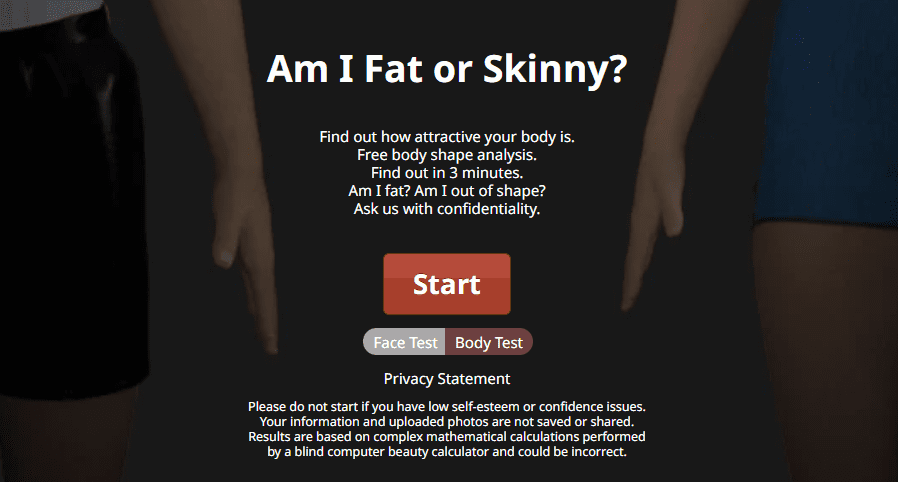
Pricing
The Pretty Scale Test is completely free, making it accessible to a wide audience without any financial barriers.
Use Cases
- Personal Curiosity: Individuals interested in how their facial features measure up against conventional standards of symmetry and proportion.
- Beauty Experiments: Users can experiment with different hairstyles or makeup to see how these changes might alter their facial symmetry scores.
- Educational Purposes: A tool for those studying beauty standards and facial aesthetics to understand how symmetry impacts perceived attractiveness.

FAQ
- Is the Pretty Scale Test accurate? The accuracy of the Pretty Scale Test can vary. While it offers insights based on facial symmetry—an important aspect in traditional beauty paradigms—it doesn’t capture the subjective nature of beauty. Different cultures and individuals have diverse beauty standards that this test might not reflect.
- Should I take the results seriously? It’s best to approach the Pretty Scale Test with a light heart. The results are generated by an algorithm and are meant to be fun rather than a definitive judgment of your appearance. Beauty is profoundly personal and multifaceted, extending far beyond what any algorithm can define.
- Can I improve my score? Since the test focuses on structural and symmetry elements of the face, there’s not much you can do to alter your inherent features. However, the test can offer insight into how others might perceive the balance of your facial features, and some users find it interesting to see how changes like a new hairstyle or makeup can affect their score.
Are you also interested in pretty scale body?
While the Pretty Scale Test presents a novel way to analyze your facial features, it’s essential to remember that beauty is subjective. Each face tells its own unique story and carries its own beauty, not confined to numbers or scales. Enjoy the test as a curious gadget, but remember that true beauty is always in the eye of the beholder.

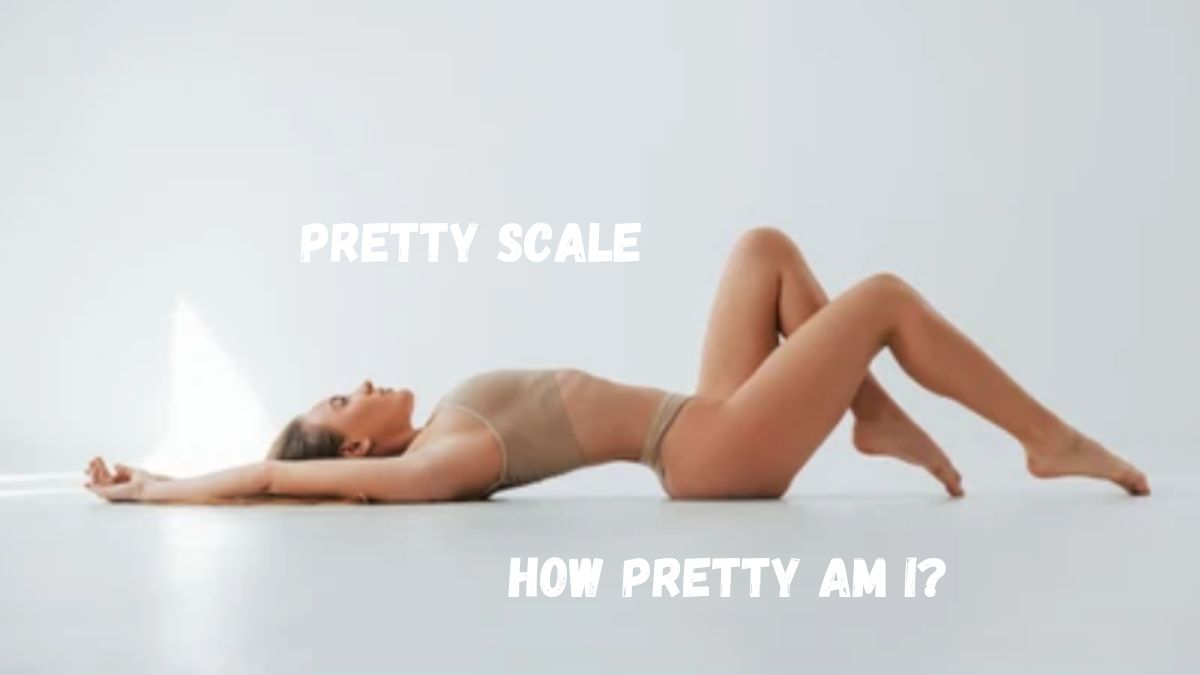


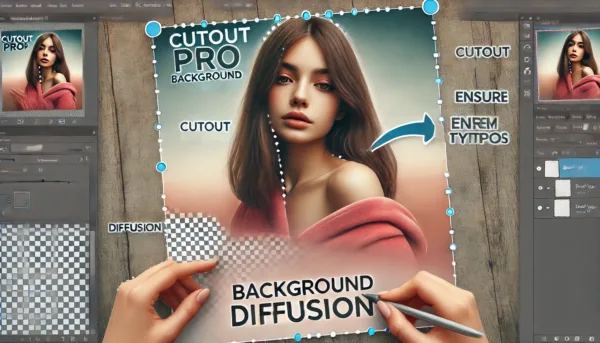


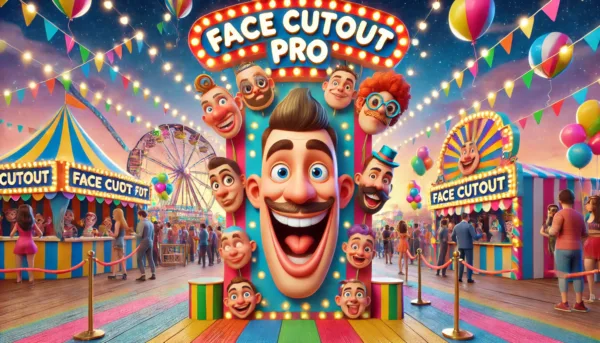

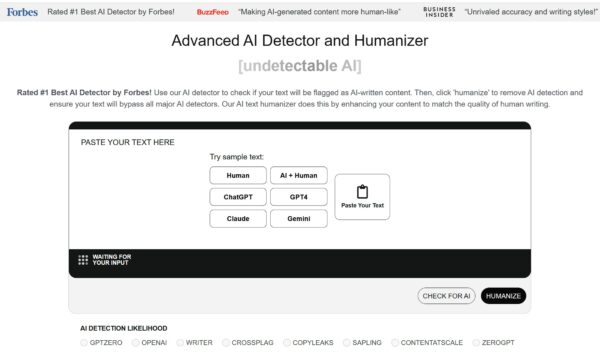


Leave a Reply
You must be logged in to post a comment.